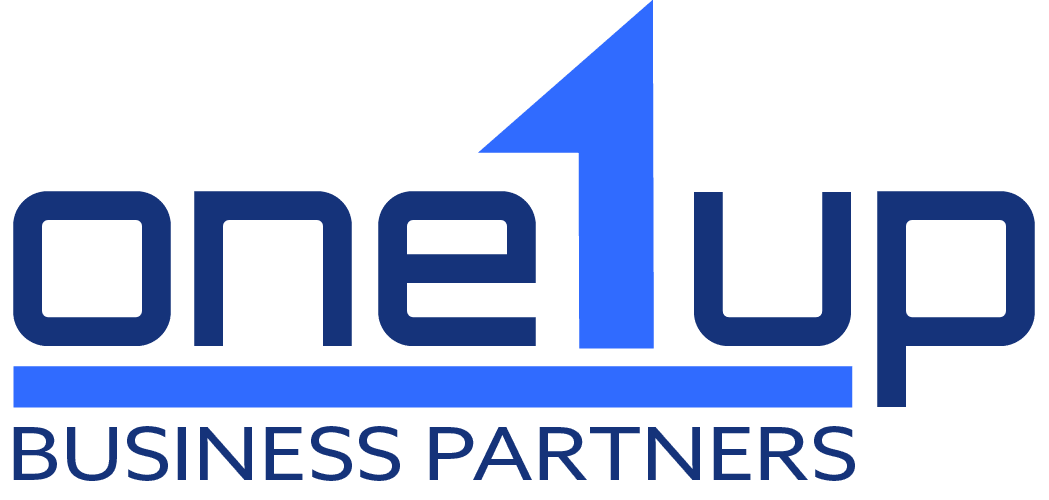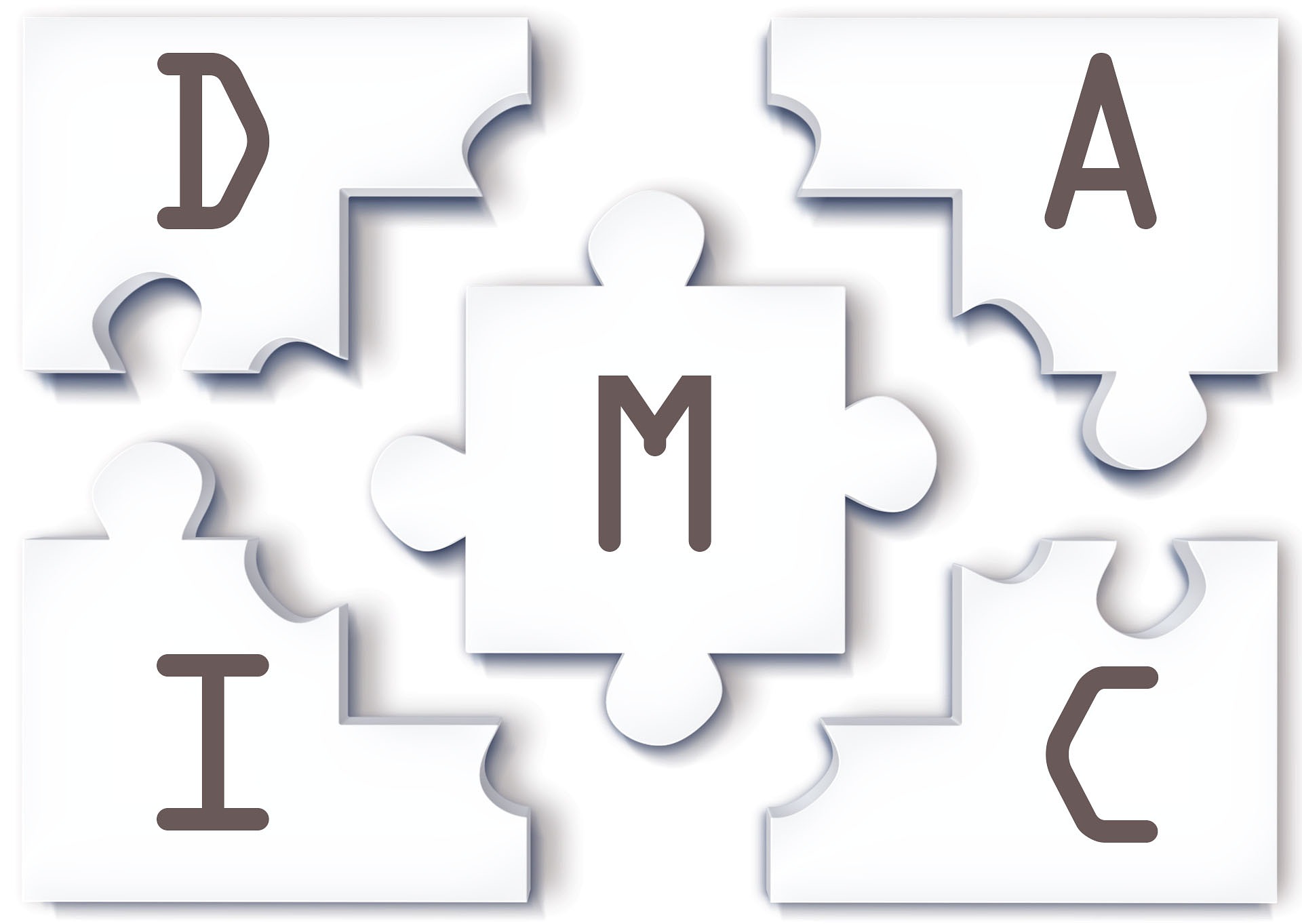Introduction
Lean Six Sigma is a powerful methodology that focuses on reducing waste, improving efficiency, and enhancing customer satisfaction. While it was initially developed for manufacturing processes, Lean Six Sigma can also be effectively applied to service-oriented industries. By implementing Lean Six Sigma principles, service organizations can optimize their processes, enhance service quality, and achieve higher levels of customer satisfaction.
In this blog post, we will discuss the top three strategies to successfully implement Lean Six Sigma in a service-based environment.
Strategy 1: Identify and Prioritize Customer Requirements
In any service industry, understanding customer requirements and expectations is crucial. To successfully implement Lean Six Sigma, it is essential to identify these requirements accurately and prioritize them based on their impact on customer satisfaction and business goals. This can be achieved through methods such as surveys, customer feedback analysis, and market research.
Once customer requirements are clear, the next step is to map the service delivery process and identify potential areas for improvement. Employ tools like the SIPOC (Suppliers, Inputs, Process, Outputs, and Customers) diagram to gain a comprehensive view of the process and its stakeholders. By doing so, you can identify pain points and bottlenecks that hinder efficient service delivery.
Strategy 2: Apply DMAIC Methodology
The DMAIC (Define, Measure, Analyze, Improve, Control) methodology is the core of Lean Six Sigma. It provides a structured approach for problem-solving and continuous improvement. Here’s how to apply DMAIC to service processes:
- Define: Clearly outline the problem or improvement opportunity. Set specific and measurable goals, keeping the customer’s perspective in mind. Establish a project team with individuals who possess domain knowledge and expertise.
- Measure: Gather relevant data on process performance and customer satisfaction. This data-driven approach helps in identifying the current state of the process and serves as a baseline for measuring improvements.
- Analyze: Analyze the data to identify root causes of issues or inefficiencies. Tools like fishbone diagrams and Pareto charts can aid in pinpointing the most significant factors affecting service quality.
- Improve: Develop and implement solutions to address the identified issues. Test these solutions on a small scale to ensure effectiveness before full-scale implementation.
- Control: Establish control mechanisms to sustain the improvements. Monitor key performance indicators (KPIs) regularly and implement corrective actions if deviations occur.
Strategy 3: Foster a Culture of Continuous Improvement
Successful Lean Six Sigma implementation relies on fostering a culture of continuous improvement within the organization. This culture should promote collaboration, innovation, and data-driven decision-making.
To cultivate such a culture, provide adequate training and education on Lean Six Sigma principles to employees at all levels. Encourage and support employees in taking ownership of improvement initiatives and recognizing their contributions. Implementing a system for rewarding and recognizing employees’ efforts can further motivate the workforce to actively participate in the improvement process.
Furthermore, create channels for open communication and feedback sharing within the organization. Regularly review progress and celebrate successes to reinforce the importance of continuous improvement.
Conclusion
Implementing Lean Six Sigma in service-oriented industries can drive significant improvements in process efficiency, service quality, and customer satisfaction. By identifying and prioritizing customer requirements, applying the DMAIC methodology, and fostering a culture of continuous improvement, service organizations can unlock their full potential and stay competitive in today’s dynamic business landscape. Embracing Lean Six Sigma is not a one-time effort; it requires dedication, commitment, and a proactive approach towards achieving service excellence.

















